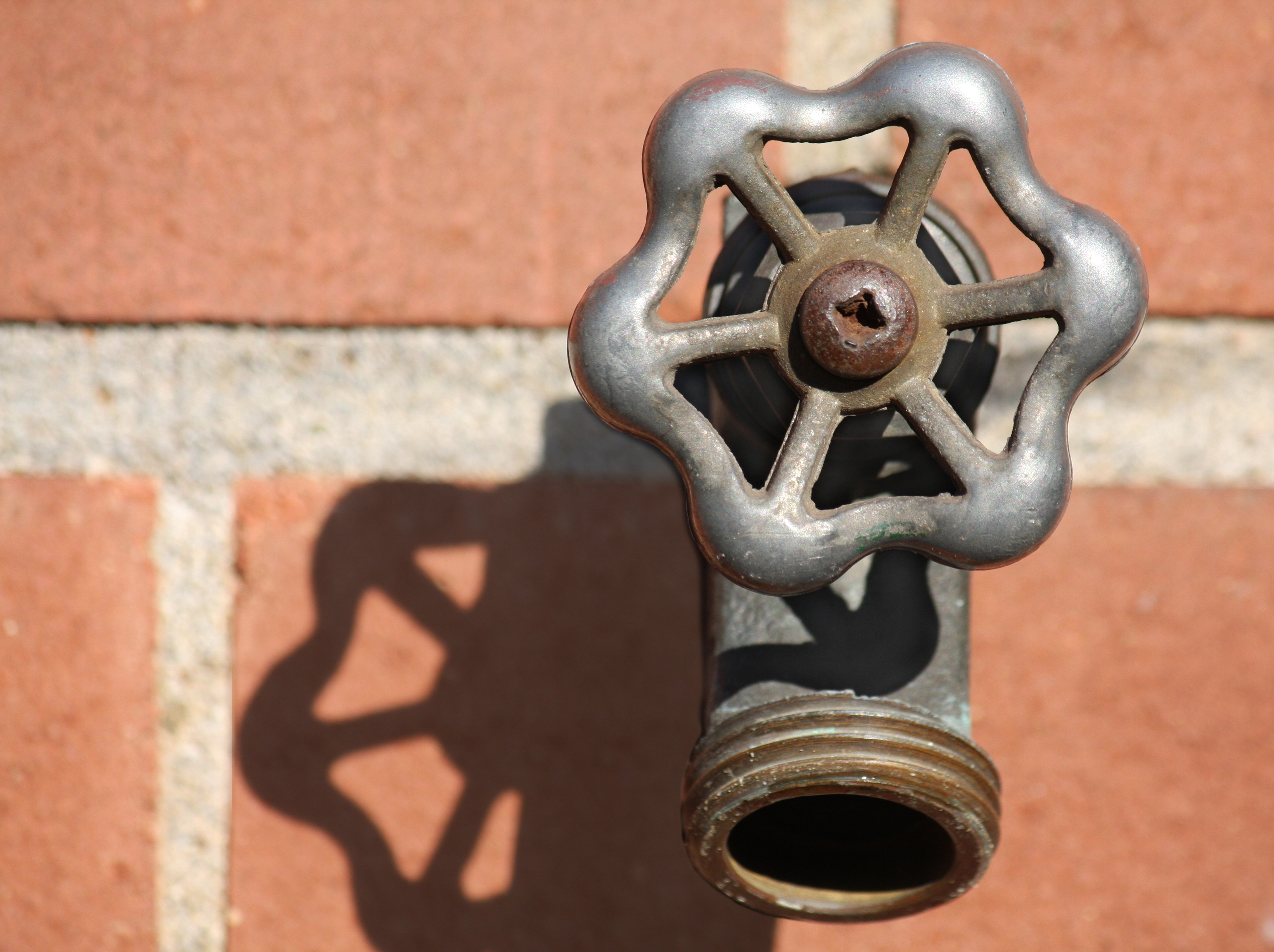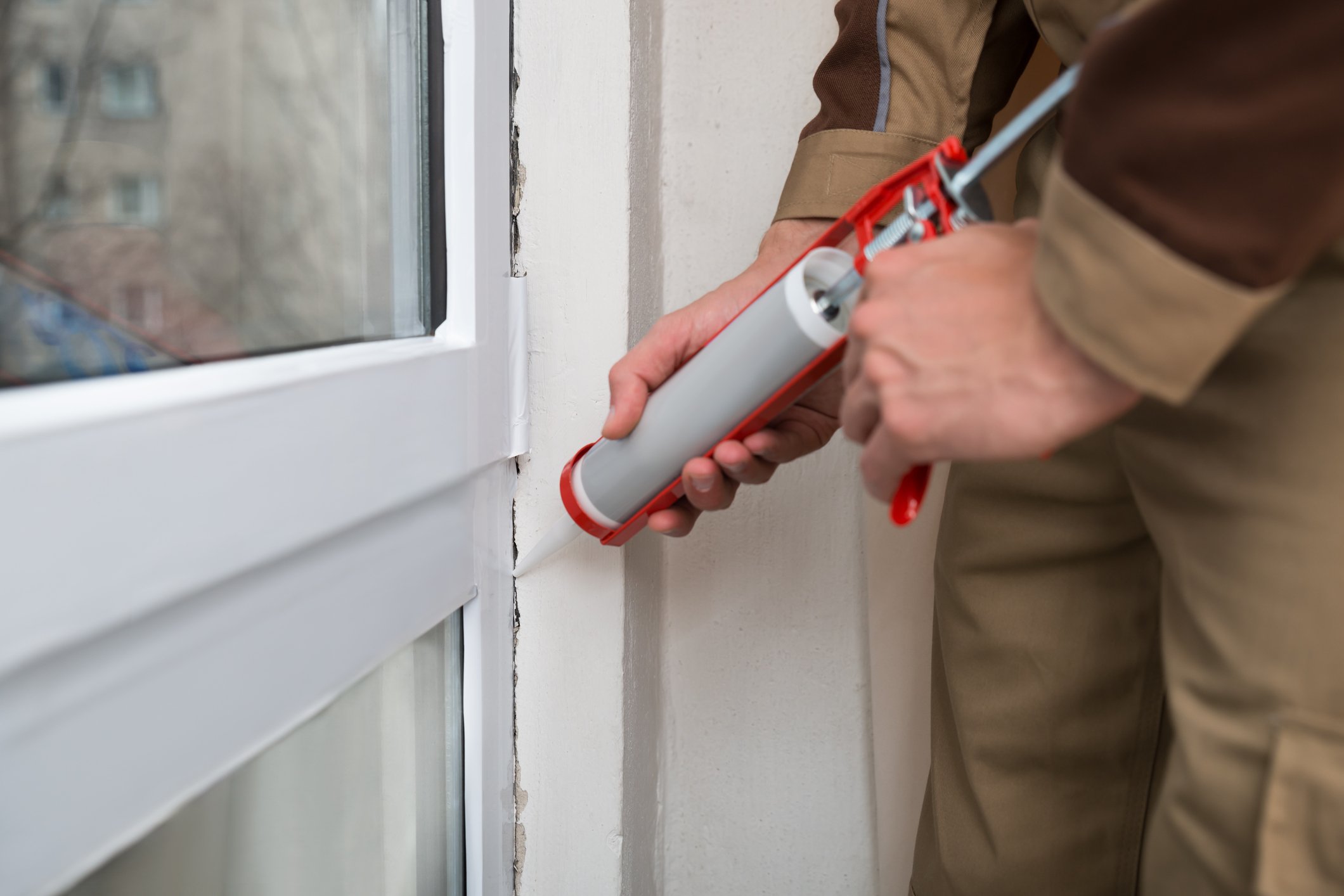
Help homeowners inspect their homes for air leaks
There are many obvious places in a home where air leakage is likely to occur. There are also several less obvious gaps, and as a home inspector, you can point out these hard-to-find leaks to homeowners to properly air seal a home.
Besides blower door tests, there are several other ways to inspect for air leakage in a home. On the outside of the house, homeowners should inspect all the areas where two different building materials meet, including:
- All exterior corners
- Outdoor water faucets
- Where siding and chimneys meet
- Areas where the foundation and the bottom of exterior brick or siding meet

Where the outdoor water faucet meets the house is one of the less obvious places air leakage can occur.
Inside the home, instruct homeowners to inspect around the following areas for any cracks and gaps that could cause air leaks:
- Electrical outlets
- Switch plates
- Door and window frames
- Electrical and gas service entrances
- Baseboards
- Weather stripping around doors
- Fireplace dampers
- Attic hatches
- Wall- or window-mounted air conditioners
- Cable TV and phone lines
- Where dryer vents pass through walls
- Vents and fans
In addition, homeowners should look for gaps around pipes and wires, foundation seals, and mail slots. Check to see if the caulking and weather stripping are applied properly, without gaps or cracks, and are in good condition. Check the exterior caulking around doors and windows, and see whether exterior storm doors and primary doors seal tightly.
Windows and doors
Windows and doors are also prime culprits for major air leakage. To inspect, see if you can rattle them, since movement means possible air leaks. If you can see daylight around a door or window frame, then the door or window leaks. The leaks can usually be sealed by caulking or weather-stripping them. If the home has storm windows, check to see if they fit and are not broken.
Another tip for testing windows and doors is to shut a window or door on a piece of paper. If you can pull the paper out without tearing it, the seal is not tight and you are probably losing energy.
If the homeowner is having difficulty locating leaks, they may want to have a basic building pressurization test conducted to increase infiltration through cracks and leaks, making them easier to detect. This test includes:
• Turning off all combustion appliances, such as gas burning furnaces and water heaters, especially on cool, windy days. If you don’t want to turn off the furnace, you can just turn on all your exhaust fans to depressurize the home.
• Shutting all windows, exterior doors and fireplace flues.
• Turning on all exhaust fans that blow air outside, such as bathroom fans or stove vents, or use large window fans to suck the air out of the rooms.
• Lighting an incense stick and pass it around the edges of common leak sites. Wherever the smoke wavers or is sucked out of or blown into the room, there is a draft. A damp hand may also be used to locate leaks; any drafts will feel cool to the hand.
Interested in energy auditing?
Inspecting for air leakage in homes is one of many areas where a home inspector can branch out to diversify business offerings and earn more income and referrals. This is an important service to perform in the home inspection and building inspection industries. There is additional training and certification home inspectors can receive so you can conduct an energy assessment.
Visit AHIT.com to learn more about energy auditing and weatherization, or about becoming a BPI Building Analyst to advance your home inspection career.
Source: “Air sealing your home,” Energy.Gov and AHIT.com





